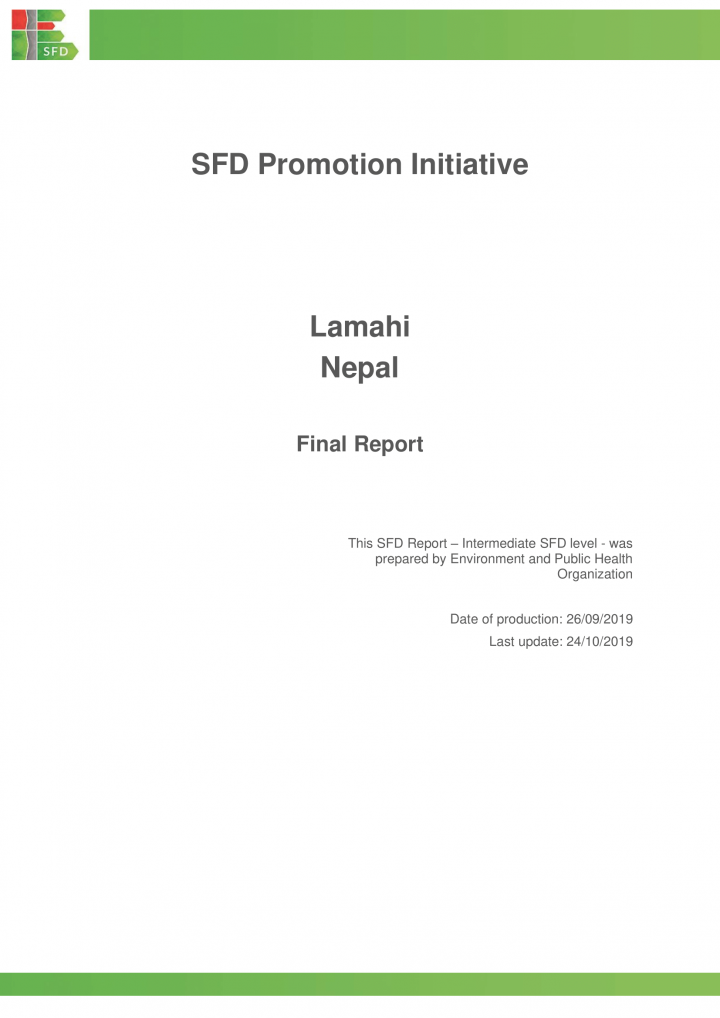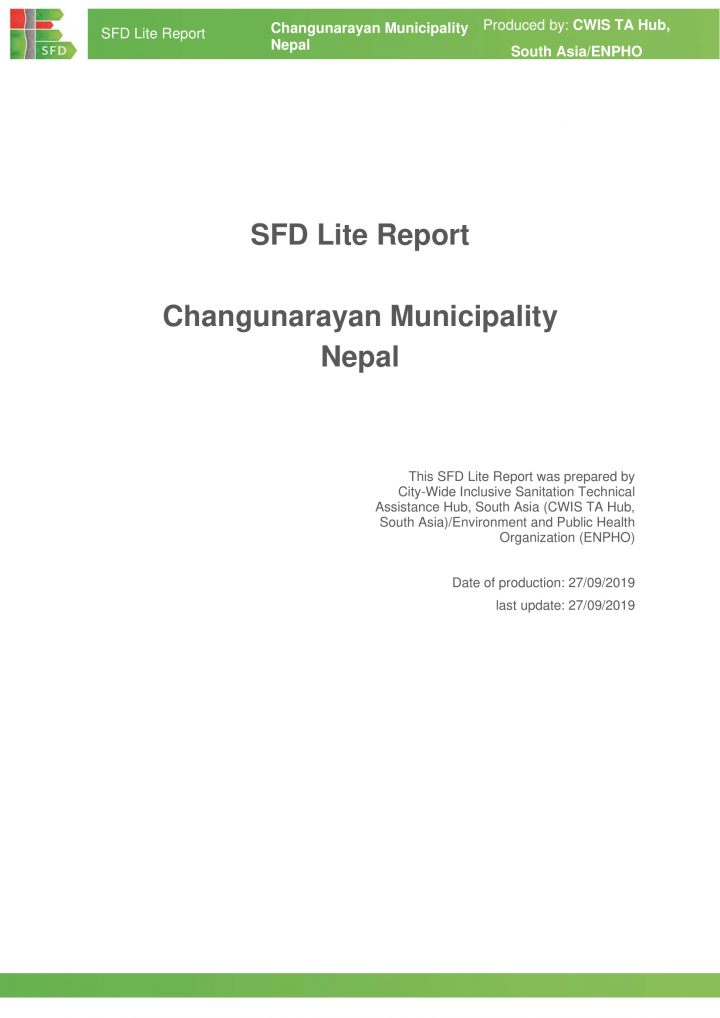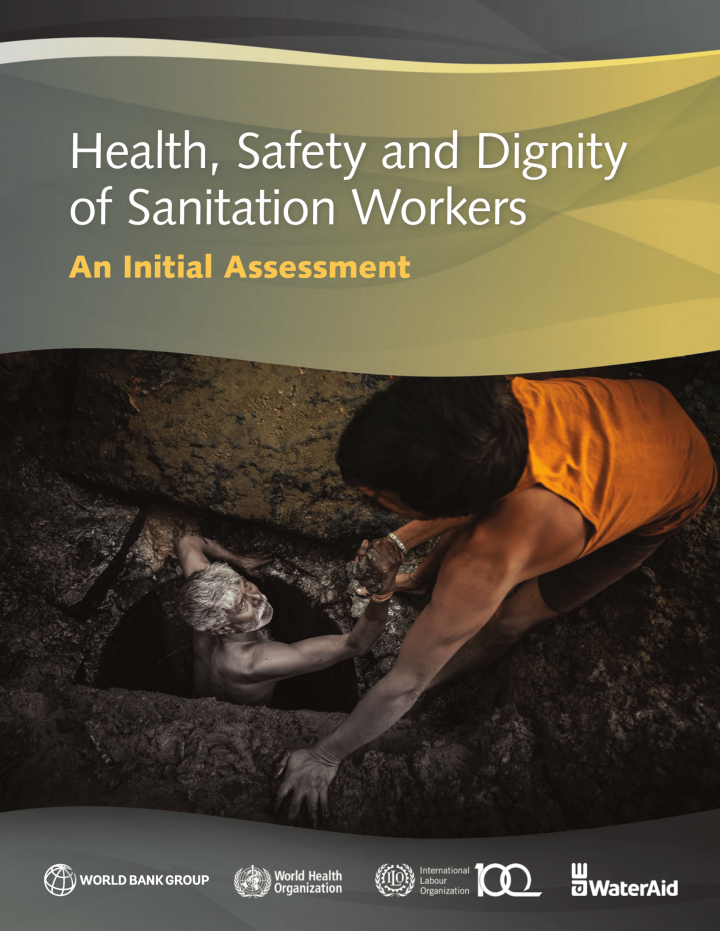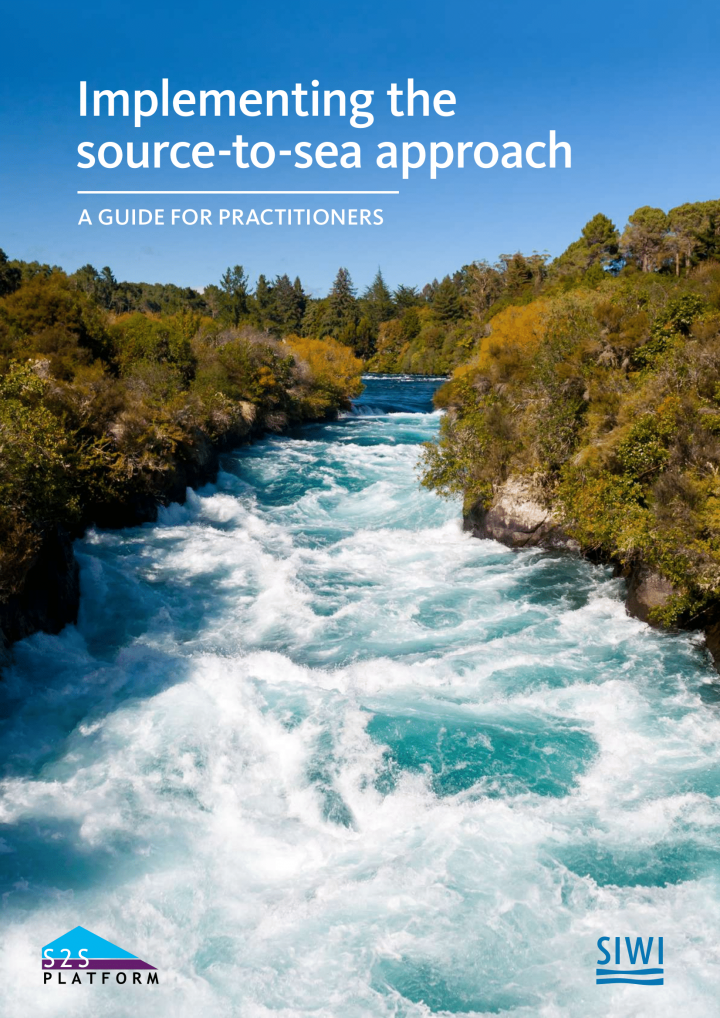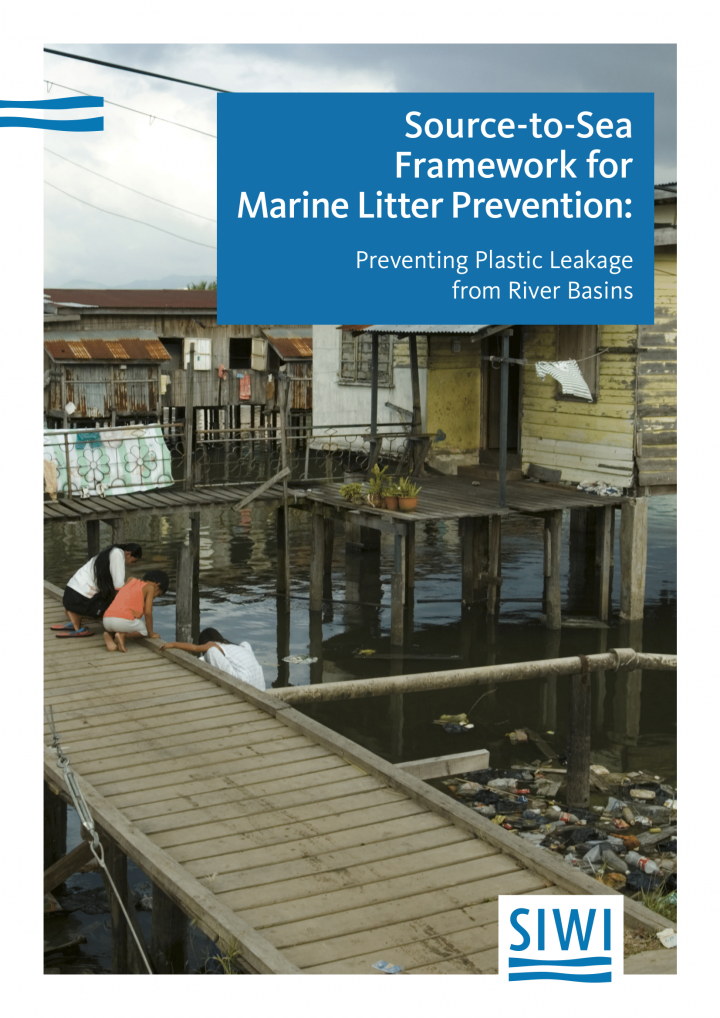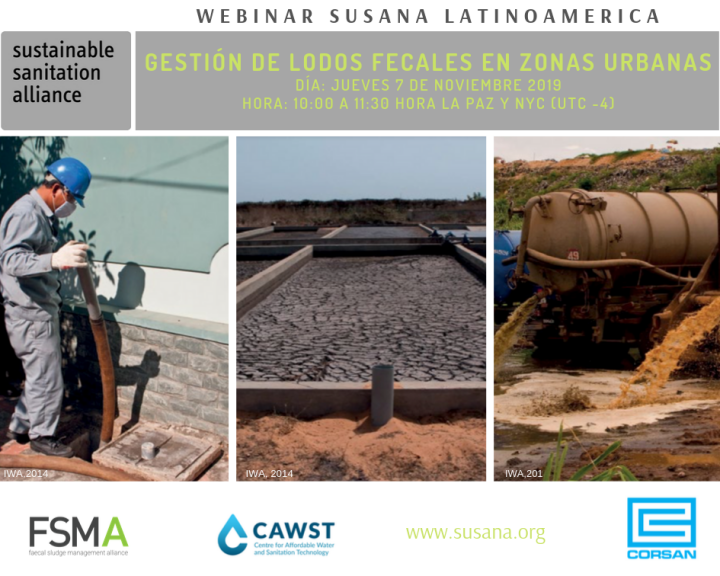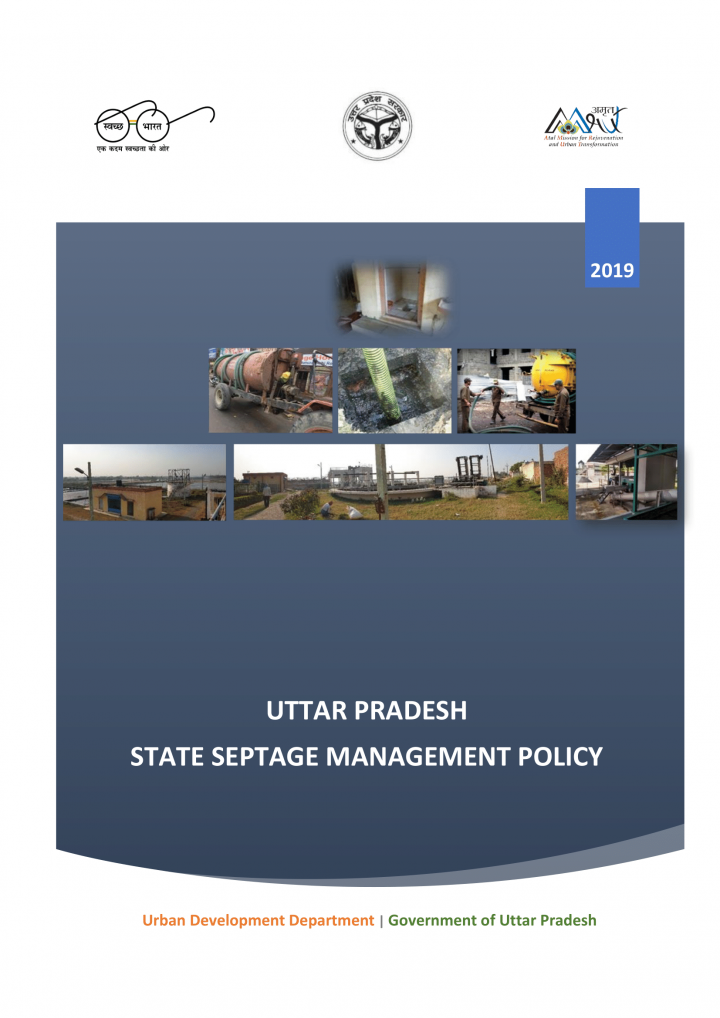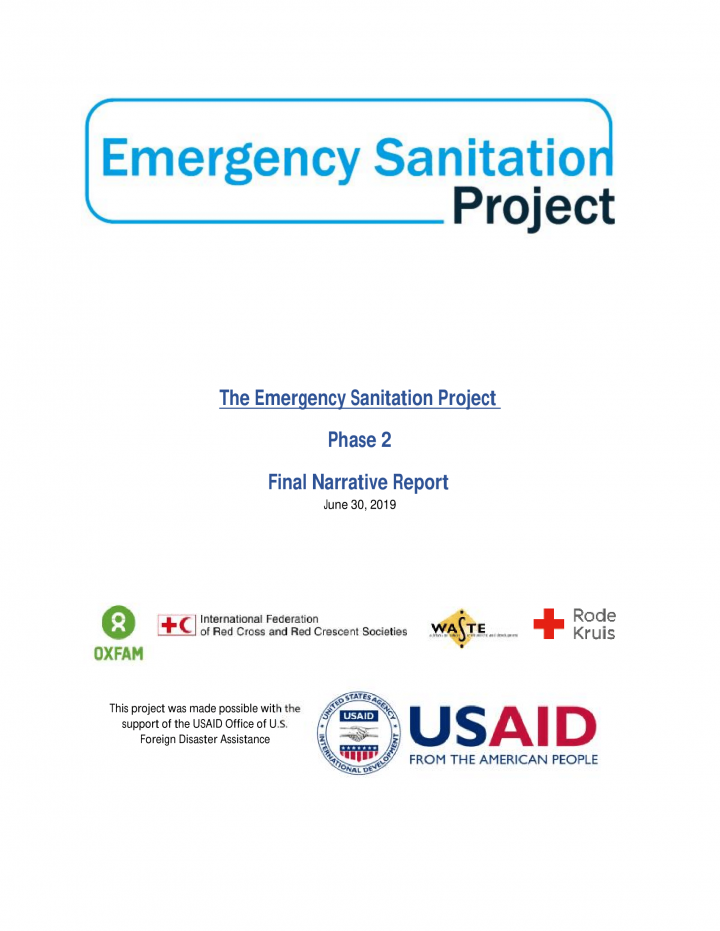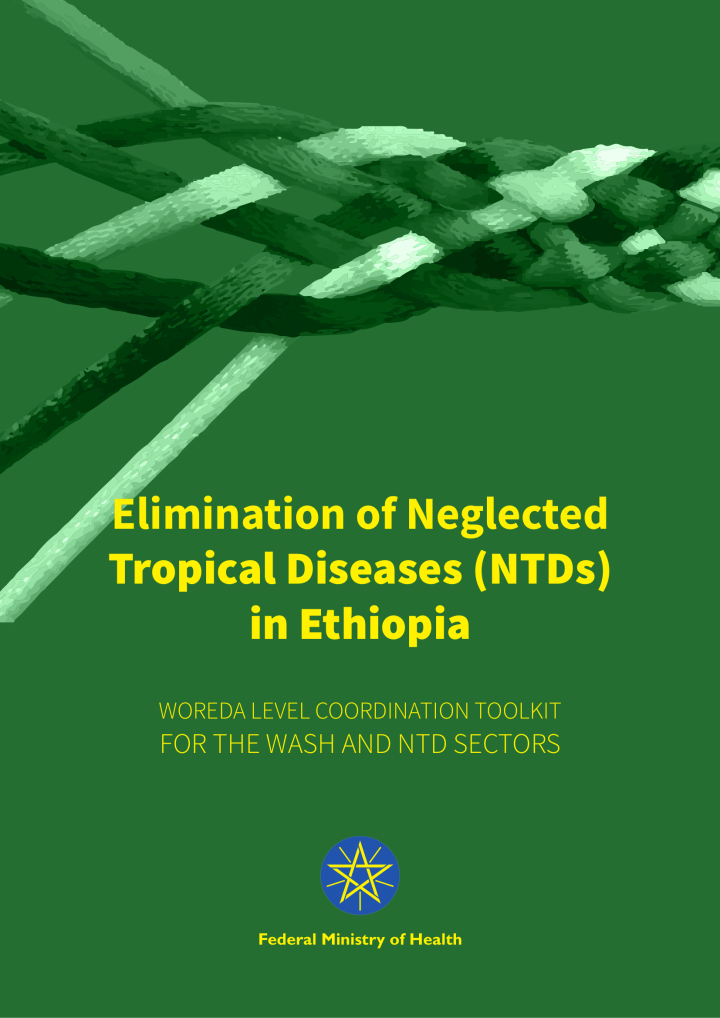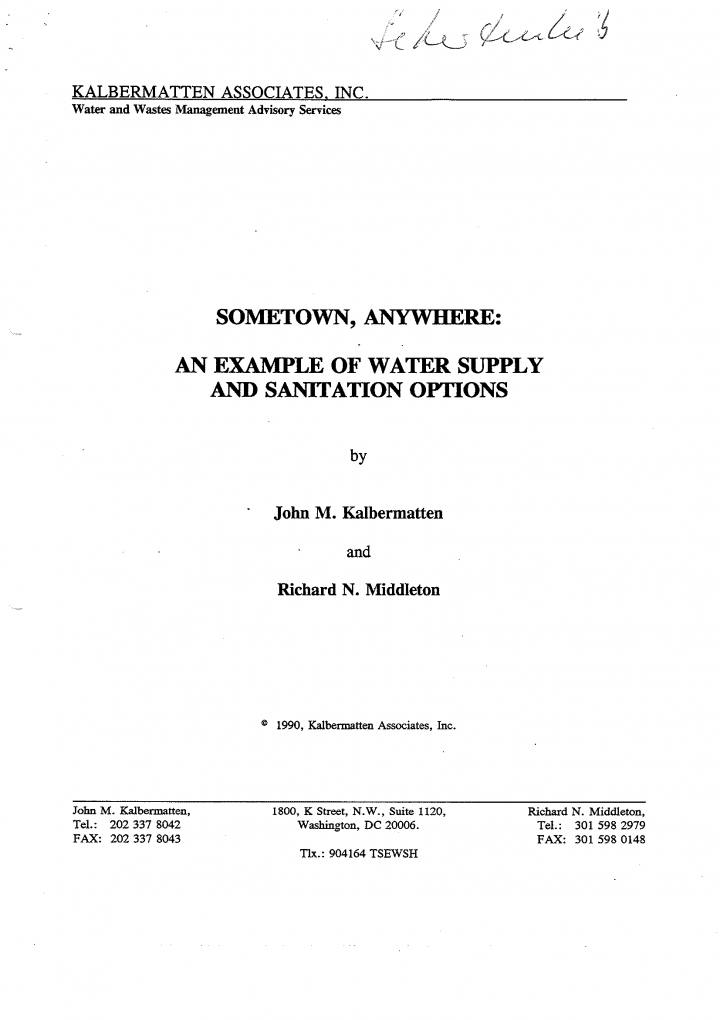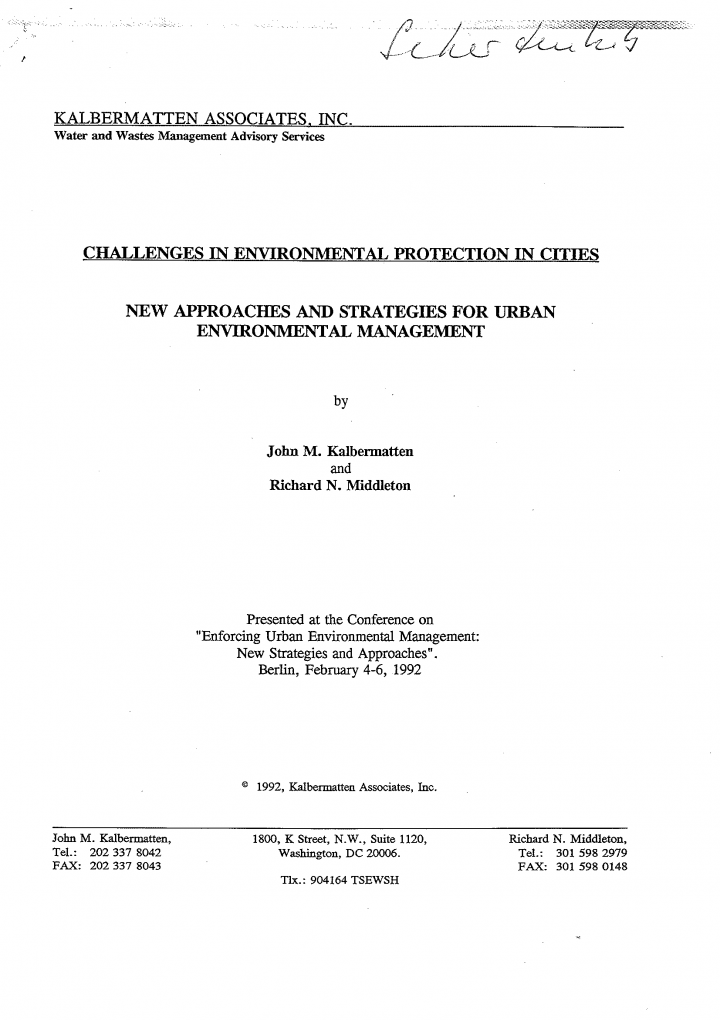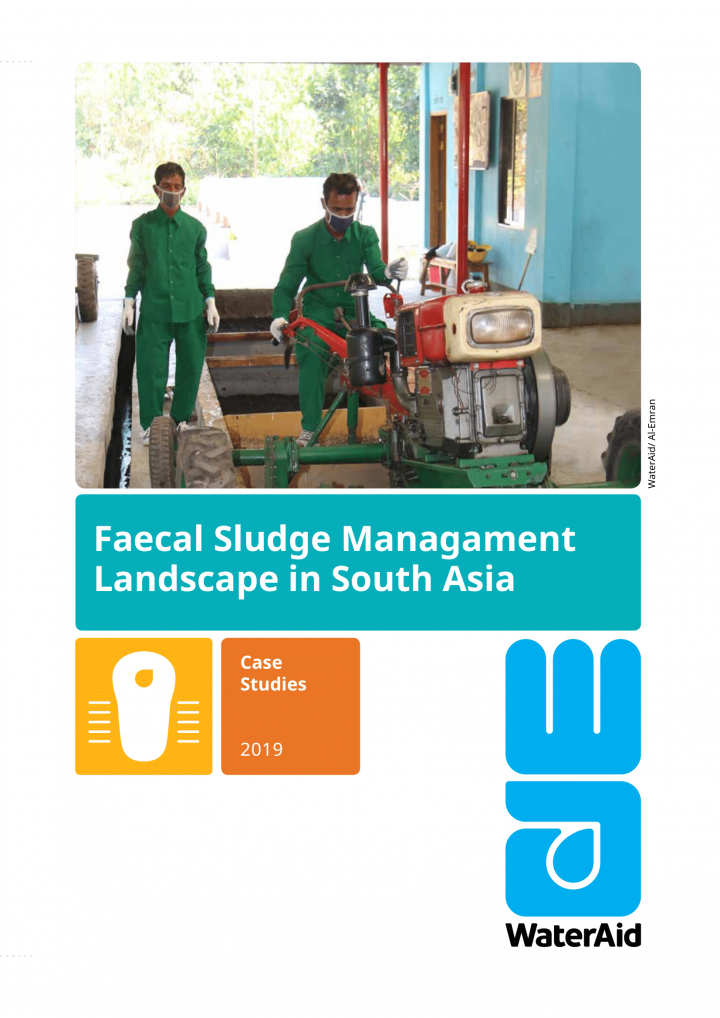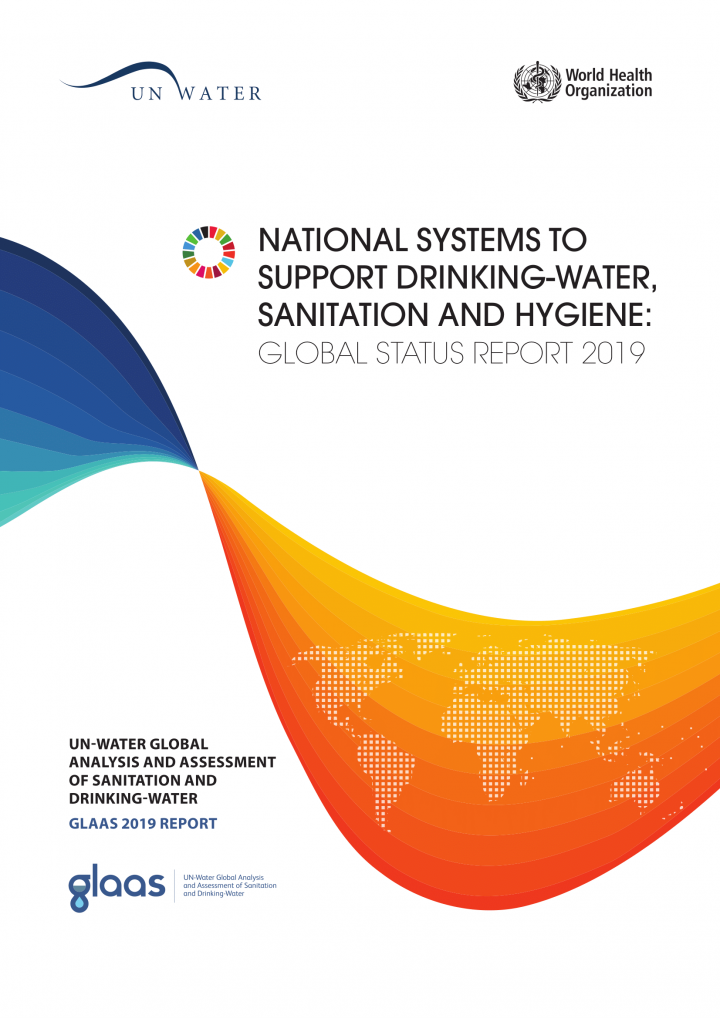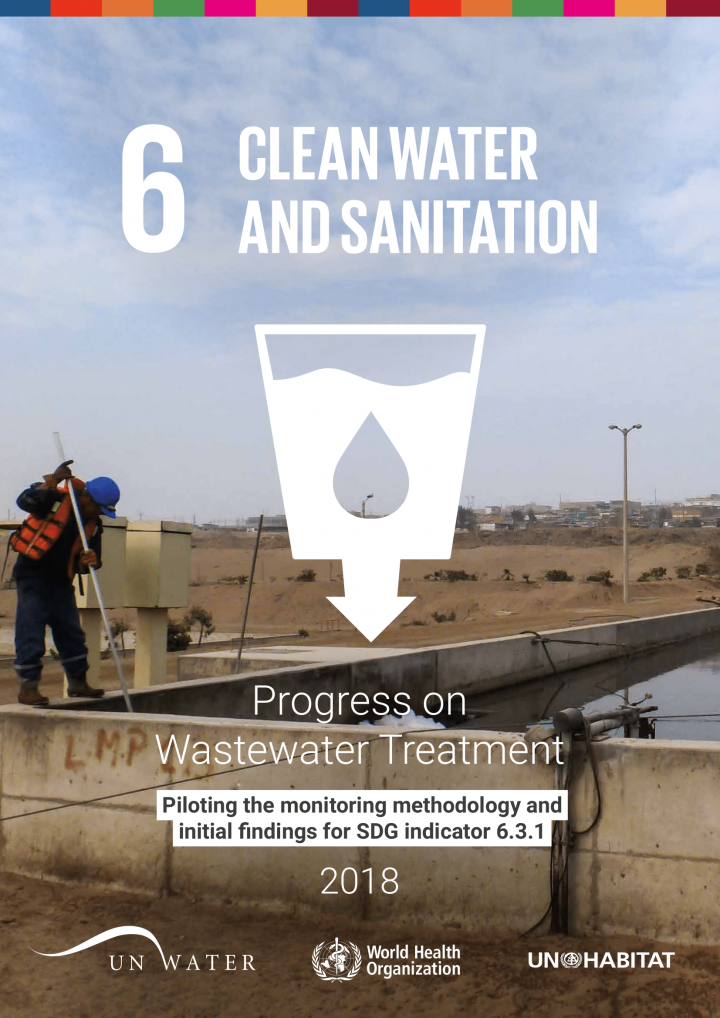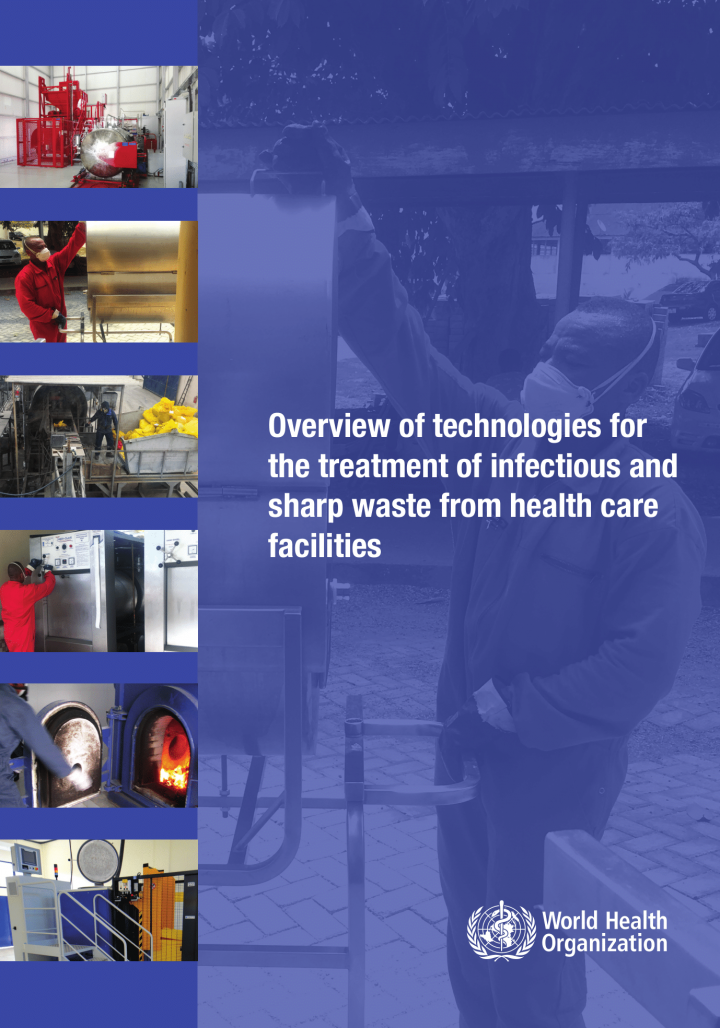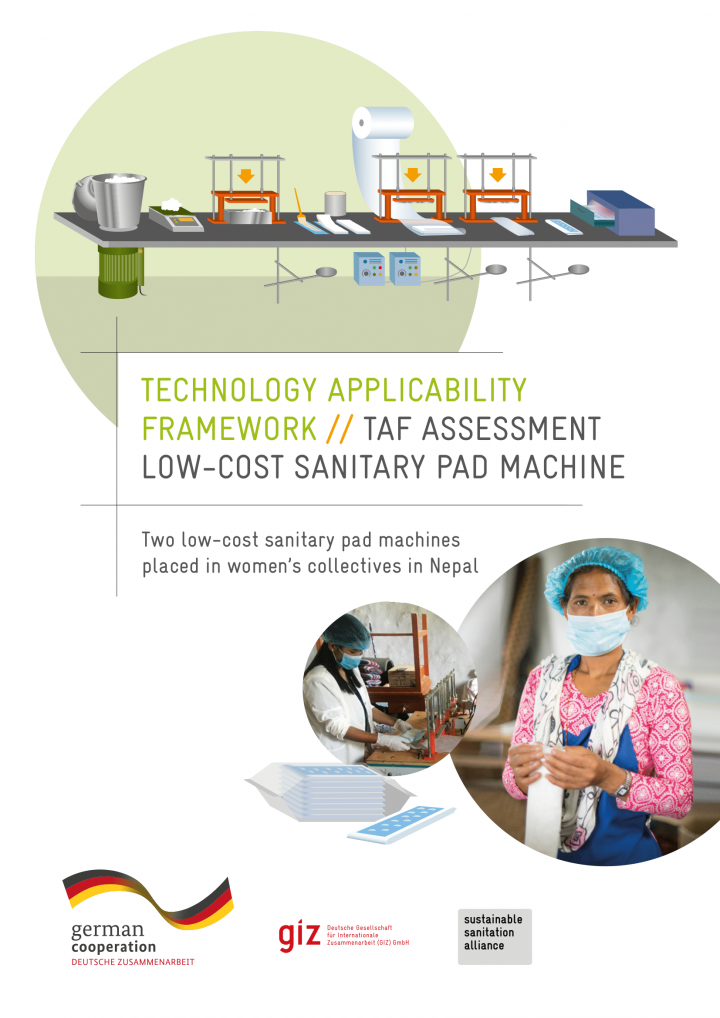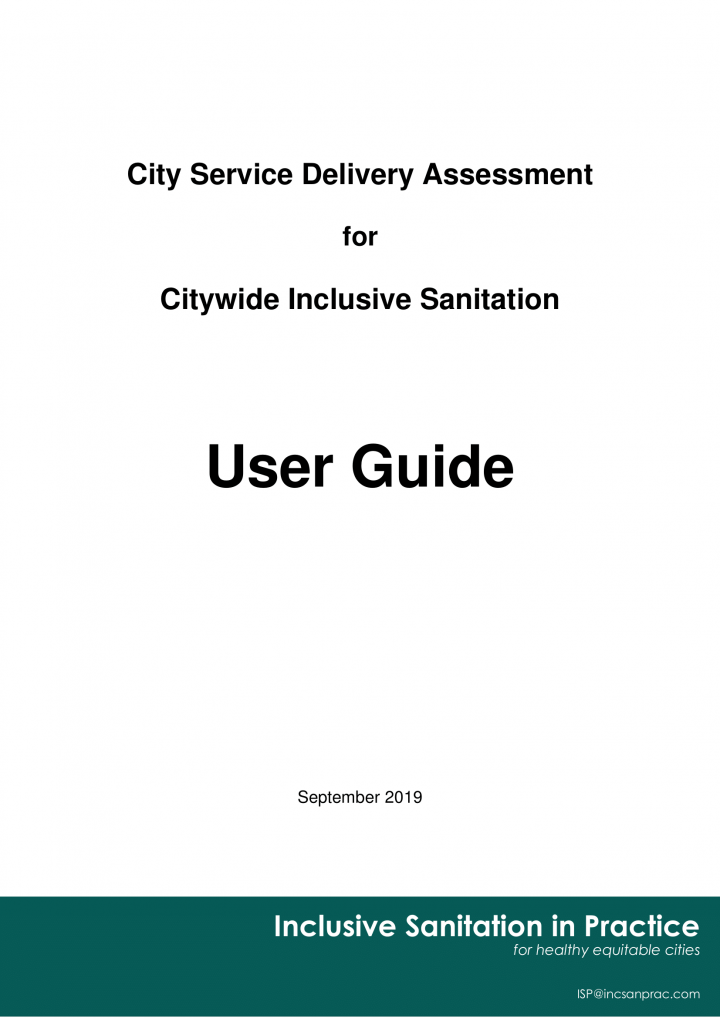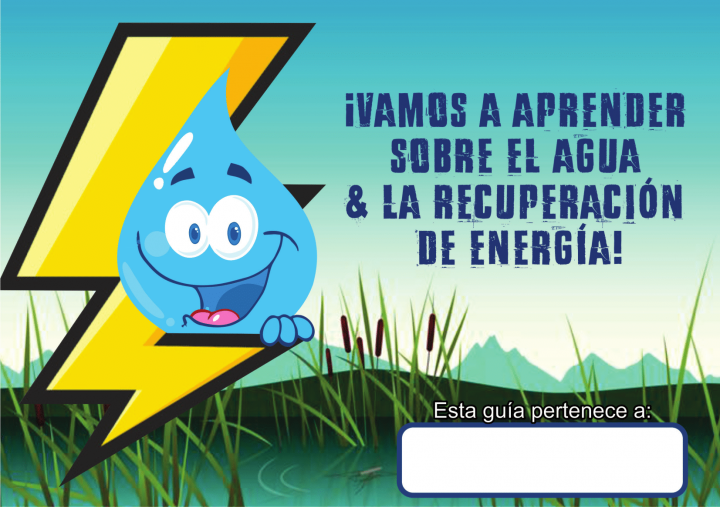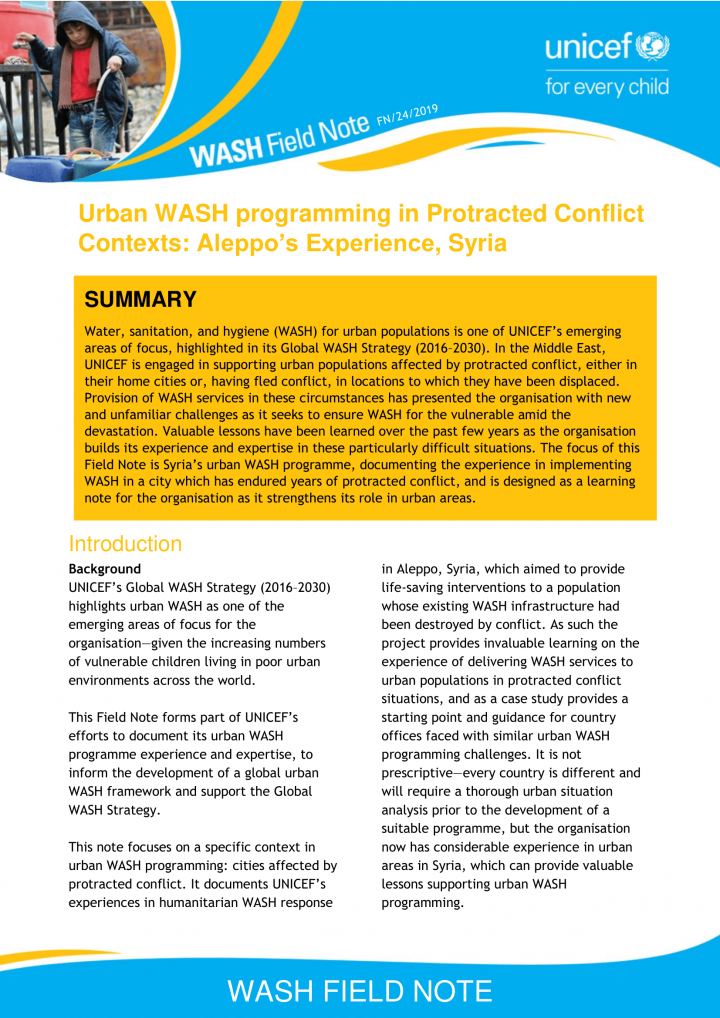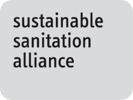Shrestha, J., Bajracharya, B. (2019) SFD Report - Lamahi, Nepal
Lamahi municipality is located in Dang district of province number 5, Nepal. The municipality covers an area of 327 square kilometres along the stretch of East-West highway in the country. The municipality is home to 47,655 people as per census 2011. The municipality is divided into 9 wards. The municipality has declared open defecation free zone in 2014. The municipality lacks sewer networks thus it […]
CWIS TA Hub, South Asia / ENPHO (2019) SFD Lite Report - Changunarayan Municipality, Nepal
Changunarayan Municipality is one of the historical places located in Bhaktapur district in Province no. 3 of Nepal. The municipality carries historical and archaeological significance and was named from the ancient temple of Nepal i.e. Changunarayan temple, enlisted in World Heritage site (Figure 1). The municipality was formed in 2017 (2073) by merging former Village Development Committees (Changunarayan, Chhaling, Duwakot and Jaukhel) consisting of nine […]
World Bank, ILO, WaterAid, and WHO (2019) Health, Safety and Dignity of Sanitation Workers - An Initial Assessment
The global sanitation workforce bridges the gap between sanitation infrastructure and the provision of sanitation services. Sanitation workers provide an essential public service but often at the cost of their dignity, safety, health, and living conditions. They are some of the most vulnerable workers. They are far too often invisible, unquantified, and ostracized, and many of the challenges they face stem from this fundamental lack […]
Mathews, R. E., Tengberg, A., Sjödin, J., Lymer, B. L. (2019) Implementing the source-to-sea approach: A guide for practitioners
Only quite recently have we come to truly understand the many important linkages between land, freshwater and oceans. Generally, terrestrial, freshwater and marine specialists have tended to work independently from one another, with limited interaction. But with new insights into the complex relationship between different ecosystems – on land and in rivers, deltas, estuaries, nearshore and in oceans – comes a growing realization that a […]
Mathews, R. E., Stretz, J. (2019) Source-to-Sea Framework for Marine Litter Prevention: Preventing Plastic Leakage from River Basins
This report presents a framework for preventing marine litter based on the source-to-sea conceptual framework presented in Granit et al., 2017 and the practitioners’ guidance for implementing the source-to-sea approach in Mathews et al., 2019. Addressing issues from the holistic perspective of the source-to-sea system and strengthening coordination between sectors is central to the source-to-sea approach. The Source-to-Sea Framework for Marine Litter Prevention is intended […]
Various Authors (2019) SuSanA Latinoamérica Webinar 2: presentaciónes Gestión de Lodos Fecales (in Spanish) Presentations from SuSanA's Latin America Webinar 2 about faecal sludge management
In Spanish: Este webinar nos mostrará diferentes experiencias en la gestión de lodos fecales, evaluando la magnitud de esta problemática y las principales limitaciones que deben ser superadas para mejorar la gestión de lodos fecales en nuestra región. Esa entrada de la biblioteca contiene las presentaciónes del webinar 2: "Gestión de lodos fecales en zonas urbanas" - Gestión de Lodos Fecales: el niño abandonado (Peter Hawkins) - […]
Urban Development Department - Government of Uttar Pradesh (2019) Uttar Pradesh State Septage Management Policy
The goal of the Uttar Pradesh State Septage Management Policy (UPSSMP) is to improve water quality and protect public health in urban areas of the State by 2023. The objective is to enhance the ability of local implementers to build and operate septage treatment systems for urban centers and promote the behavior change and supporting environment needed for systems to be effective and sustainable. The […]
IFRC, WASTE, Oxfam GB, USAID (2019) The Emergency Sanitation Project - Phase 2 - Final Narrative Report
With increased urbanization and regulatory scrutiny, the ability of humanitarian agencies to use the simple pit latrine to safely manage human waste in emergencies will decline. When a latrine is not suitable, the response options become exponentially more complicated. Different toilets must be constructed. The contents must then be removed and treated. This is as complicated and expensive as it is important for the health […]
Ethiopian Federal Ministry of Health, WHO, NALA Foundation, Sightsavers (2019) Elimination of Neglected Tropical Diseases (NTDs) in Ethiopia - WOREDA level coordination toolkit for the WASH and NTD sectors
Neglected Tropical Diseases (NTDs) affect more than ten percent of the world’s population, primarily among the poorest populations. In Ethiopia, more than 75 million people are at risk of infection of at least one neglected tropical disease. NTDs cause suffering, blindness, disability, and delays in physical and cognitive growth which impact a person’s ability to go to school and work, thus perpetuating the cycle of […]
Kalbermatten, J. M., Middleton, R. N. (1990) Sometown, Anywhere: An Example of Water Supply and Sanitation Options
Sometown is a regional center in a predominantly agricultural area. It serves as a commercial center for this area, and has a well-established light industry as well as several food and cotton processing enterprises. Water for the municipal supply is abstracted from wellfields 5 km east of the city limits. Water quality is at present excellent; the water is chlorinated, but only as a precaution […]
Kalbermatten, J. M., Middleton, R. N. (1992) Challenges in Environmental Protection in Cities - New Approaches and Strategies for Urban Environmental Management
The 1990s undoubtedly is the Decade of the Environment. Not because the decade may be so designated, or because there will be another world conference on the topic. The designation applies because there exists today an awareness, even a fear that, unless we take some decisive action to protect the environment, we will suffer unacceptable consequences; that this decade indeed could be the last chance […]
WaterAid (2019) Faecal Sludge Management Landscape in South Asia - Case Studies
Some cities in the South Asian countries of Bangladesh, India and Nepal have established interventions around faecal sludge management (FSM). The purpose of this study is to identify and disseminate best practices and lessons learned on how to make FSM an integral part of urban sanitation service delivery in cities and towns in South Asia both with and without sewerage systems. This study draws on […]
WHO, UN-Water (2019) UN-Water Global Analysis and Assessment of Sanitation and Drinking-Water (GLAAS) 2019 Report National systems to support drinking-water, sanitation and hygiene - Global status report 2019
There is widespread recognition that sustainable and effective WASH service delivery is not only determined by the state of infrastructure, but also by complex institutional, governance and financial management systems. While a “system” may be interpreted or defined in different ways, core elements examined by the UN-Water Global Analysis and Assessment of Sanitation and Drinking-Water (GLAAS) initiative include the extent to which countries develop and […]
WHO (2018) Progress of wastewater treatment - Piloting the monitoring methodology and initial findings for SDG 6.3.1
The SDG 6.3.1 indicator report on “proportion of wastewater safely treated” describes the monitoring methodology developed and tested in consultation with wastewater experts, national sector experts and statistical authorities and harmonized with the International Recommendations for Water Statistics and established regional monitoring mechanisms. The report also presents preliminary estimates for domestic wastewater for 79 mostly high- and middle-income countries and includes supplementary data on safe use […]
Various authors (2019) FSM5 - 5th International Faecal Sludge Management Conference Materials
Presentations (download from conference website, see external link below, or go to: https://fsm5.susana.org/en/downloads/conference-materials): Conference convenors: Bill & Melinda Gates Foundation BORDA Eawag-Sandec Deutsche Gesellschaft für Internationale Zusammenarbeit (GIZ) GmbH Inclusive Sanitation in Practice (IPS) Sustainable Sanitation Alliance (SuSanA) University of KwaZulu-Natal University of Technology Sydney Water Research Commission (WRC) DAY 1, OPENING PLENARY 1. BAWA, K., “The Ngor Declaration on Sanitation and Hygiene” 2. NAIDOO, D., “Building the World’s First Sanitation Unicorn” **DAY 1, TRACK 1: RESEARCH […]
WHO (2019) Overview of technologies for the treatment of infectious and sharp waste from health care facilites
Safe health care waste management, including segregation, collection, transport, treatment and waste disposal, is fundamental to wider efforts to provide safe and quality health care. Safe health care waste management practices also support a number of the UN Sustainable Development Goals (SDGs), including Goal 3 on health, Goal 6 on safely managed water and sanitation, Goal 7 on climate change and Goal 12 on sustainable […]
Brama, K., Schlenk, J. (2019) Technology Applicability Framework - TAF Assessment low-cost Sanitary Pad Machines
This Technology Application Framework (TAF) Publication assesses two low-cost sanitary pad machines placed in women’s collectives in Nepal. The German Development Cooperation through GIZ has started to be involved in Menstrual Health after the 2015 earthquake. A programme implemented by Nepal’s Ministry of Health and Population and facilitated by the German Development Cooperation has sought to address Menstrual Health and Hygiene Management particularly in rural, less […]
Blackett, I., Hawkins, P. (2019) City Service Delivery Assessment for Citywide Inclusive Sanitation Tool and User Guide
What is the CSDA tool? A Faecal Waste Flow Diagram (SFD) illustrates what the sanitation situation is citywide, but not the underlying reasons for that situation. The City Service Delivery Assessment (CSDA) is a complementary tool to assess why the situation is as it is. It supports a systematic process for working with stakeholders to assess the enabling environment for citywide inclusive sanitation, and to present […]
Terumi, L., Hartl, M., Ceron, P., Ramirez, J. E., Kehrein, P. (2019) Educational Outreach about Wastewater treatment and Resource Recovery in Peru (in English and Spanish)
Educational projects on new technologies for wastewater treatment and resource recovery in developing countries are not so common. For this reason, a group of early-stage researchers developed an educational outreach tool (ODT) including a selection of these new topics for primary school students in rural areas of Peru. Tangible materials like booklets, microbial fuel cell (MFC) kits, bottle filtration exercises and a demonstration of real […]
Henson, B. (2019) Urban WASH programming in Protracted Conflict Contexts: Aleppo's Experience, Syria
Water, sanitation, and hygiene (WASH) for urban populations is one of UNICEF’s emerging areas of focus, highlighted in its Global WASH Strategy (2016–2030). In the Middle East, UNICEF is engaged in supporting urban populations affected by protracted conflict, either in their home cities or, having fled conflict, in locations to which they have been displaced. Provision of WASH services in these circumstances has presented the […]
